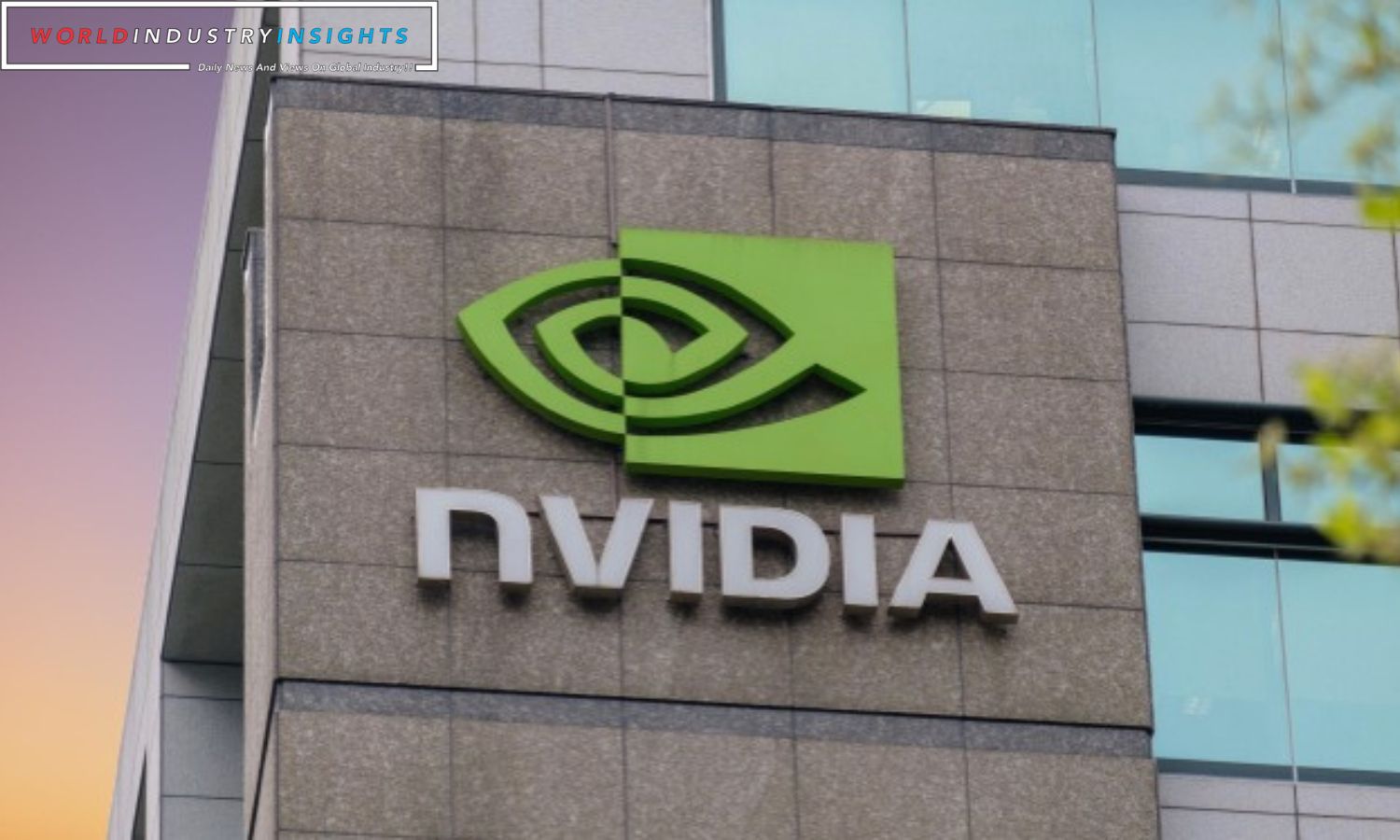Nvidia Faces Stiff Competition: In a strategic release on Tuesday, AMD explained why it chose to buy Nod.ai, a creative AI company. A big semiconductor company called AMD has made a strategic move to improve its software skills and catch up to a fierce rival called Nvidia, a giant in the field of chip manufacturing.
This strategic move is a smart response to Nvidia’s ten-year hold on the AI processor market. AI processors have benefited greatly from the presence of cutting-edge software and a strong developer community. Victor Peng, AMD’s current President, made it clear that the company is fully committed to this important goal and laid out a detailed plan that includes big investments in internal development projects and smart acquisitions from other companies.
The integration with Nod.ai works nicely with our bigger plan. The technology that Nod.ai has is seen as a keystone because it makes it easier to use perfectly tuned AI models in AMD’s high-end processors. The strategic synergy makes Nod.ai an important part of helping a wide range of clients, with a focus on helping big data center owners.
Also Read: Nvidia 25 Billion Dollar Stock Buyback: Insights and Investor Reactions
Any information about the exact financials of the deal is kept secret. Still, this purchase shows that AMD wants to grow its software portfolio. Pitchbook says that Nod.ai, a Silicon Valley company with roots in Santa Clara, has a strong financial base because it has raised an amazing $36.5 million.
To get ready for this strategic integration, AMD set up the basics for a separate AI branch earlier in the fiscal year. Most of the 1,500 engineers in this specialized sectionhome to the soon-to-be-integrated Nod. Aiare software experts. This coordinated effort shows that AMD is still determined to build a big, skilled team. Vamsi Boppana, Senior Vice President of AMD’s Artificial Intelligence Group, says that plans are in place to add 300 more employees to this already amazing team this year, and even more are expected in 2024.
This is AMD’s second strategic purchase in as many months, and it shows that the company is committed to growing faster. When asked if they might be able to make more deals to grow their portfolio, Victor Peng kept up the air of mystery by saying, “We’re always looking.” At its core, this claim shows AMD’s unwavering dedication to always getting better while keeping a close eye on opportunities to strengthen its place in the fields of artificial intelligence and semiconductor technology, which are both changing very quickly.
Our Reader’s Queries
Who is NVIDIA’s biggest competitors?
Looking for alternatives to NVIDIA? Look no further than Cisco, Juniper, Arista Networks, Dell Technologies, Extreme Networks, Huawei, Broadcom (VMware), and Lenovo. These top companies offer cutting-edge technology and innovative solutions that can meet your needs. With a professional tone of voice and active sentences, we make it easy to understand even for a child. Our use of uncommon terminology enhances the originality of the content, making it stand out from the rest. So why wait? Explore these top NVIDIA alternatives today and find the perfect fit for your business.
Who competes with NVIDIA in China?
Huawei is currently viewed as the top contender in the market. Their latest chips are proving to be strong competitors in various aspects. Baidu, the Chinese search engine giant, has reportedly placed a significant order for processors from Huawei. Additionally, gaming company Tencent is also making strides towards utilizing Huawei’s technology.
Is NVDA a good buy?
Currently, NVDA stock is a recommended buy. It has a flat-base entry at 505.48 and shares are within the buy range from a double-bottom base. The buy point for this base was at 476.09 and extends to 499.89.
What gives NVIDIA competitive advantage?
NVIDIA’s edge over its competitors lies in its ability to swiftly develop cutting-edge graphics technologies. Unlike the industry norm of releasing a new chip every 18 months, NVIDIA churns out a new one every six months. This rapid pace of innovation keeps the company ahead of the curve and at the forefront of the industry.


